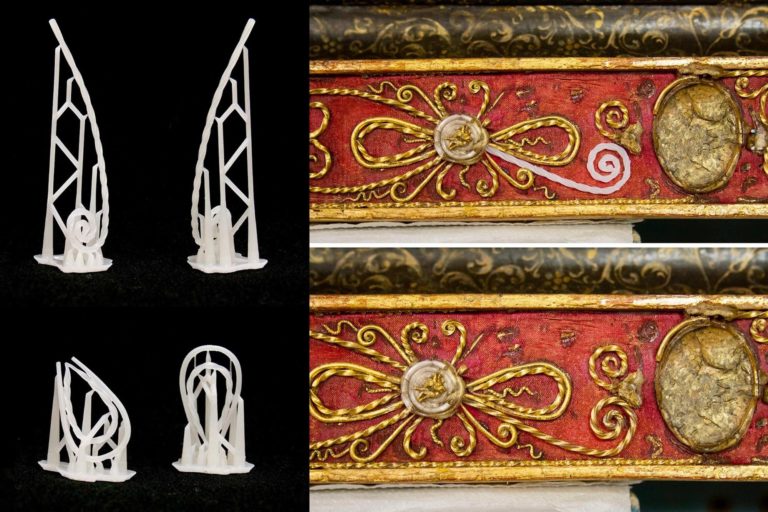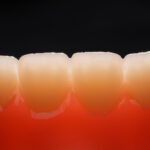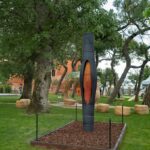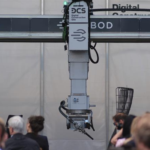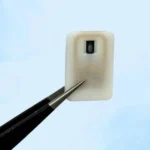Artworks all over the world are not as permanent as one might think. Often, many museums find the need to hire restorers and renovators to bring back what was special in old antiques. Just as with creating art, 3D printing is finding its uses in the world of renovation and restoration. Mattia Mercante, a restorer of cultural heritage, used advanced technologies like 3D printing and 3D scanning to revive works of art along with other cultural artefacts that have grown derelict.
Mercante used a Formlabs 3D printer for this ambitious project. While 3D printing has long served a major role in art, it’s finding a prominent foothold in the world of restoration as well. A restoration project requires several steps. The very first is for qualified technical inspectors to check with restorers to judge the state of the art. Mercante began using 3D scanning/printing with intention of solving issues associated with cataloguing artworks. He intended this to be a step in preserving cultural heritage.
“We work to solve three types of problems: urgency, prevention, and enhancement,” said Mercante. “Urgency means that if the artwork needs to be restored quickly to be saved, we must give it priority. If we think that its condition might deteriorate in the near future, we proceed with the restoration for prevention. At last, if an artwork will be exhibited or it’ll be part of a study, it needs to be prepared for such special situations, which we call enhancement.”
3D Printing and Antique Artworks Restoration
We’ve previously covered how 3D printing helps restore buildings and cars. Mercante seems to want to treat the art similarly in that it should be a technical exercise. The personal artistic freedom of the restorer needs to be put aside according to him. The purpose, therefore, rests in authenticity.
After 3D scanning, the restorers check out possible enhancements to bring it back to its original state. They create documentation, designing the shapes, and finishing the restorations. 3D printing also allows for the production of prototypes for pre-testing the outcome. This can be massively helpful in the field.
Mercante’s main focus is on the restoration of terra cotta, plaster, glass and wax sculptures. The project in the picture about is a reliquary he designed for the Opificio delle Pietre Dure in Florence. Even though this work was incomplete due to its complexity, 3D printing has allowed for its reproduction. While using 3D scanners and 3D printers within the Opificio laboratory, Mercante and Cristina Gigli produced a “virtual cast”, in accordance with similar adornments inside the piece, and modified it to suit in to the incomplete area.
Mercante prefers SLA 3D printing because of its high detail and surface quality. He believes that it also has potential in producing casts that can serve as a good jumping off-point for making adornments and parts in the original material. While there are many thinks 3D printing cannot do for restoration quite yet, the study is still young and new advances take place every day. Mercante has since taken part in various other projects, restoring damaged bits of statues and an artificial cave’s missing shells. The accuracy and scanning capabilities of new tech provide him just the tools he needs.
Featured image courtesy of Formlabs.



